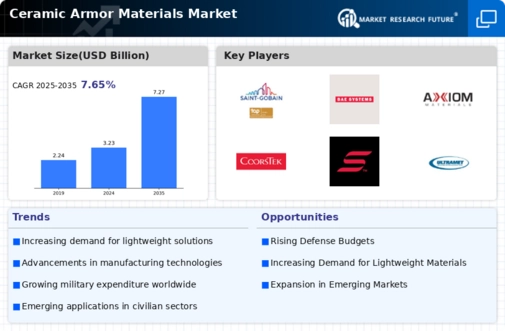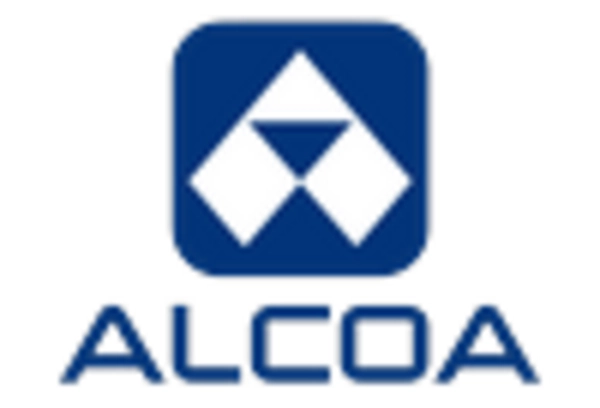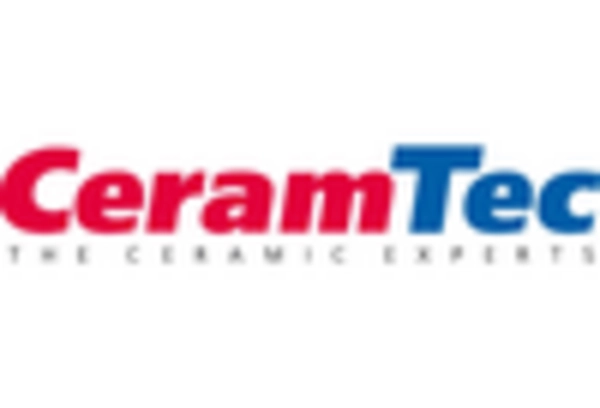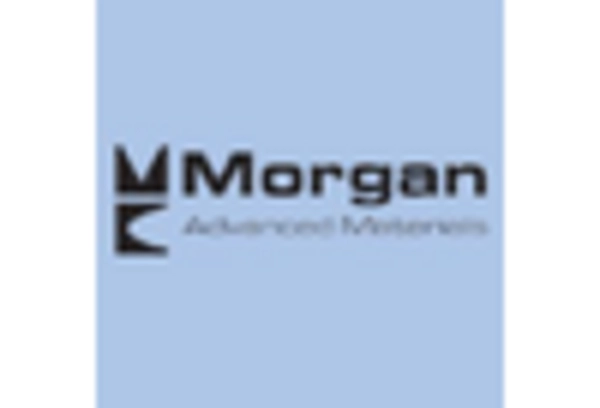Market Analysis
In-depth Analysis of Ceramic Armor Materials Market Industry Landscape
The Ceramic Armor Materials Market is changing due to security demands and material technologies. Several variables determine the market's dynamics as a vital part of the military sector. Rising global security concerns fuel military infrastructure spending, affecting market dynamics. Ceramic armor materials are in demand because governments and military organizations worldwide want better protection for persons and equipment. These lightweight yet strong materials are used to make military and law enforcement ballistic protective gear. Additionally, geopolitical tensions and the possibility of asymmetric warfare drive ceramic armor demand. As conventional wars change, adaptable and efficient armor solutions are essential. Ceramic materials like alumina, boron carbide, and silicon carbide balance strength and weight, making them excellent for body armor and vehicle protection. Market dynamics are also influenced by technology. Continuous material science research yields new ceramic compositions with improved ballistic characteristics. This encourages firms to upgrade their manufacturing techniques to compete. Advanced production methods reduce costs, making ceramic armor materials more affordable. Industry standards and regulatory changes affect market dynamics. Ceramic armor materials producers must respond to changing safety and security rules from governments worldwide. End-users trust these materials because strict restrictions assure their dependability and efficacy in real-world applications. Established and new firms compete in the market. Established firms use their knowledge and money to invest in R&D and extend their product lines. New entrants provide new ideas and solutions, increasing market rivalry. Ceramic armor market dynamics are also affected by global economic circumstances. Economic swings and uncertainty may impact military expenditures and government and defense agency buying power. To develop, manufacturers in this industry must adapt to shifting economic conditions. Market dynamics are increasingly influenced by sustainability. The ceramic armor materials industry is shifting toward sustainable and recyclable materials as the globe becomes more eco-friendly. As the market values sustainability, manufacturers who use environmentally friendly manufacturing methods may gain an advantage. In conclusion, geopolitical tensions, technological advances, regulatory changes, competitive forces, economic conditions, and a growing focus on sustainability affect ceramic armor material market dynamics. In a critical business for global security, market participants must adapt to these changing variables.


















Leave a Comment